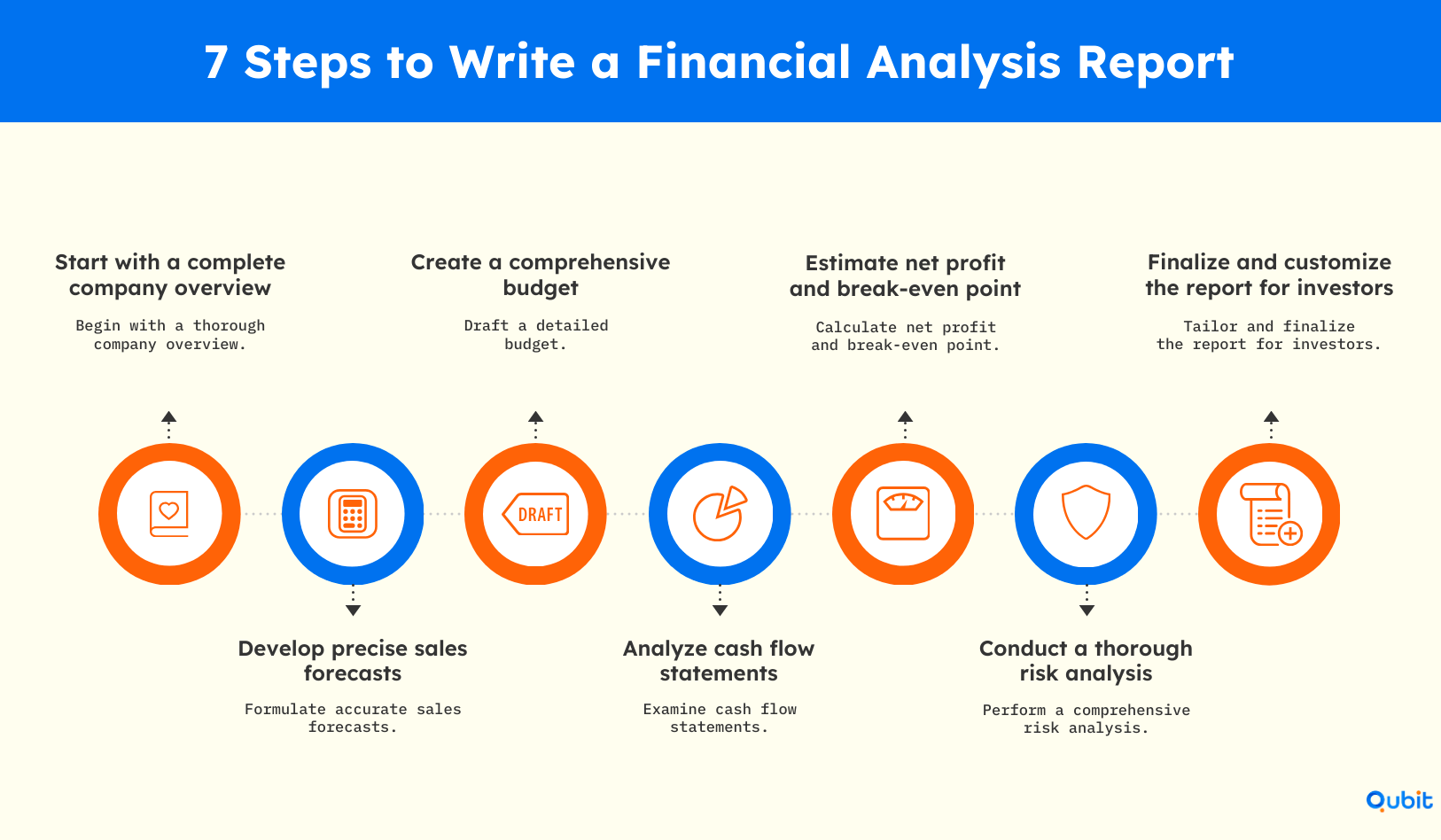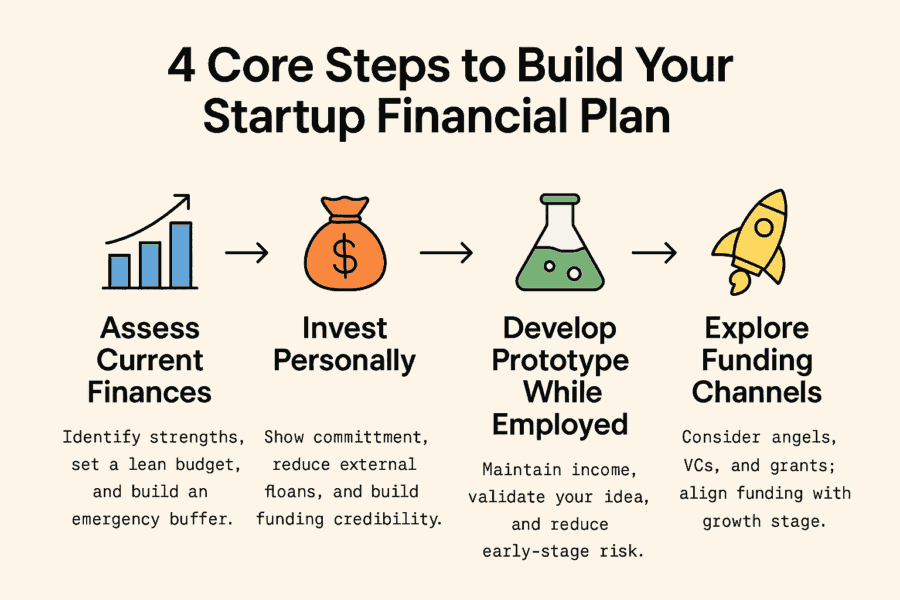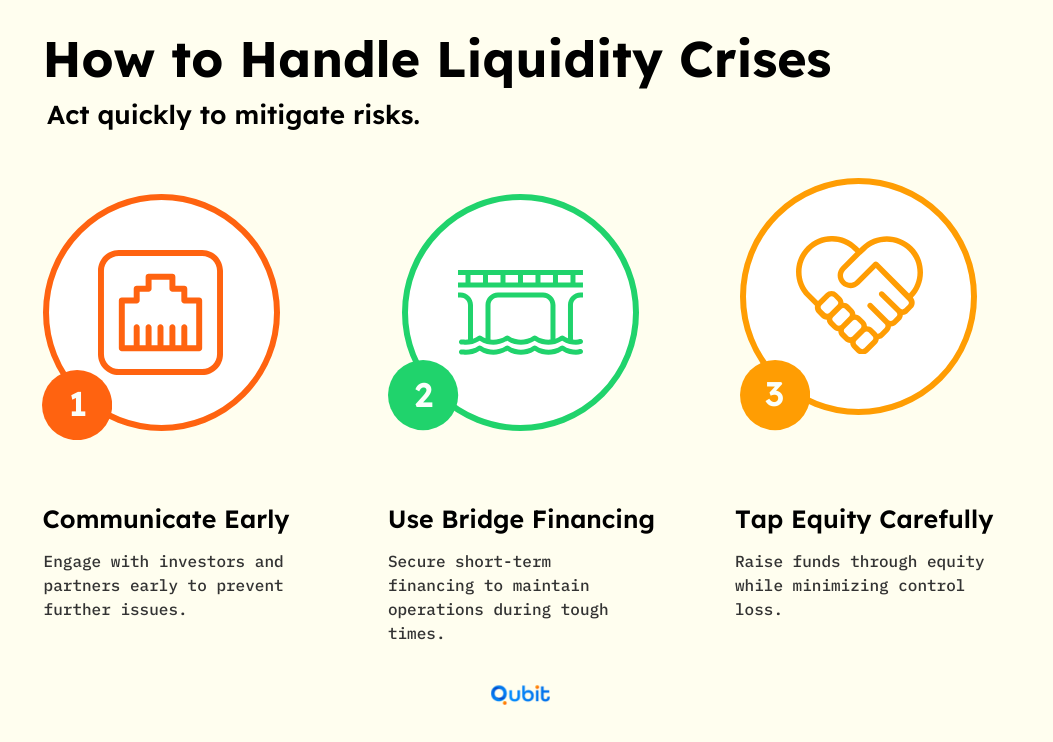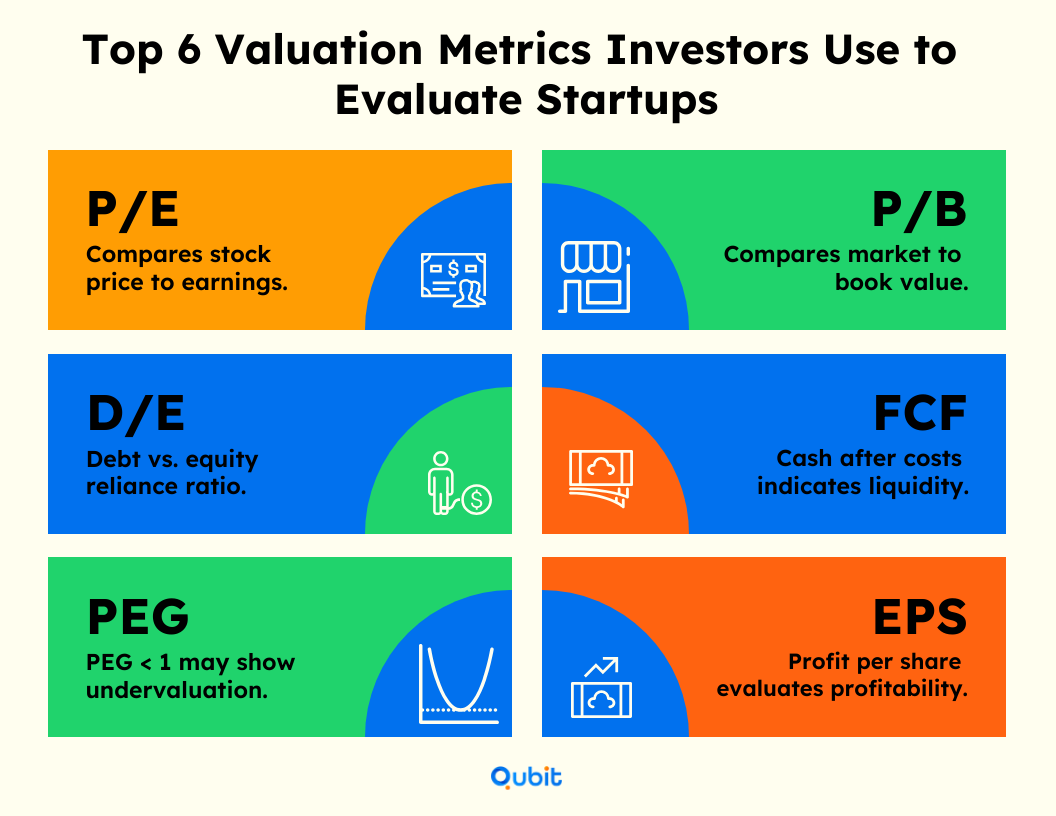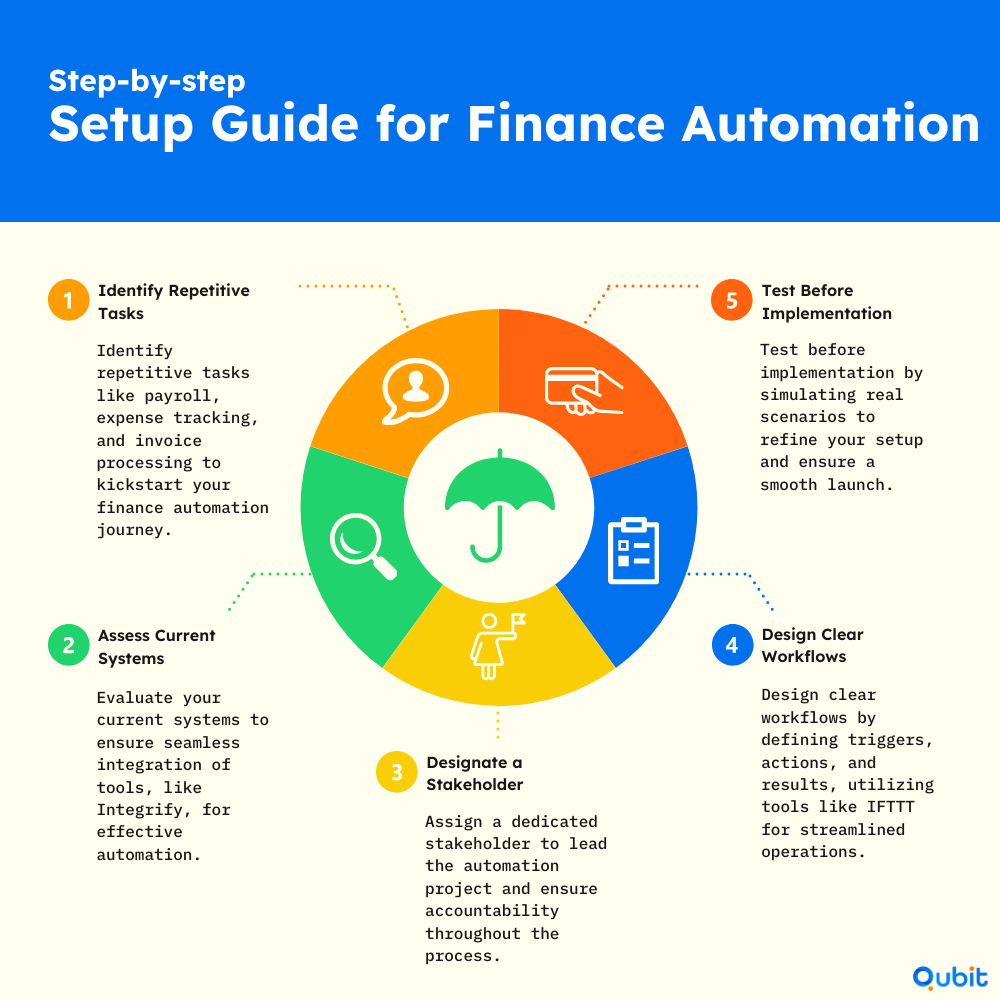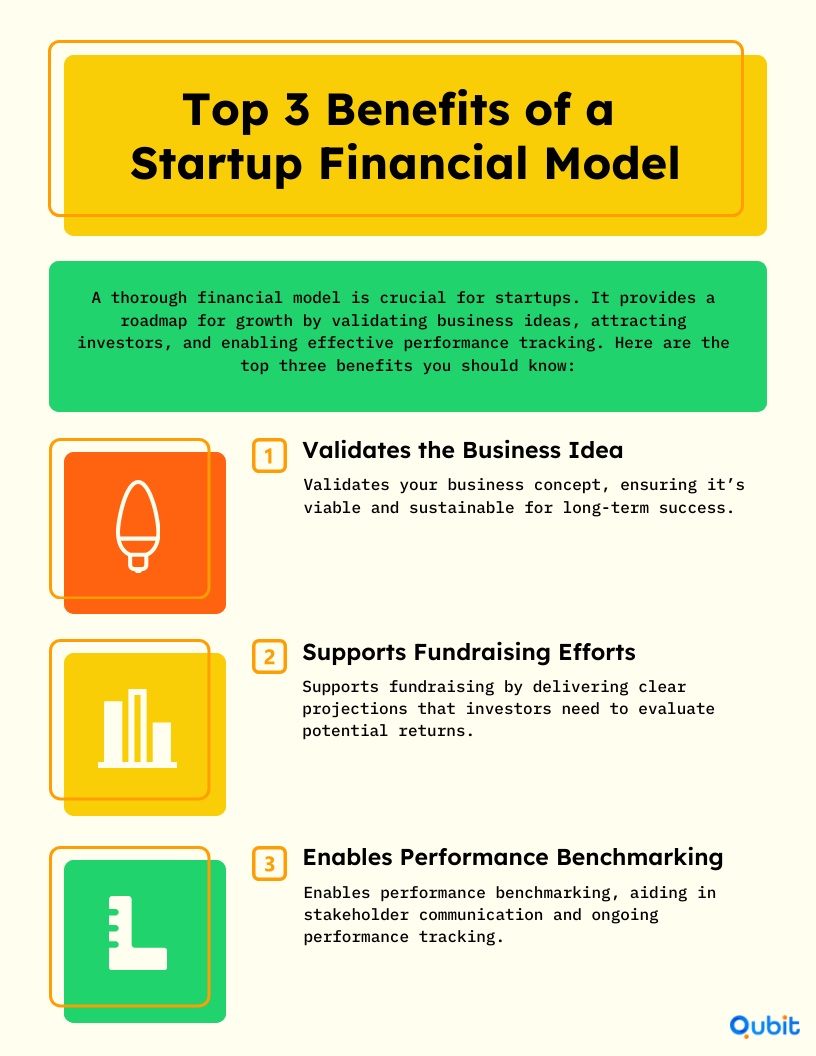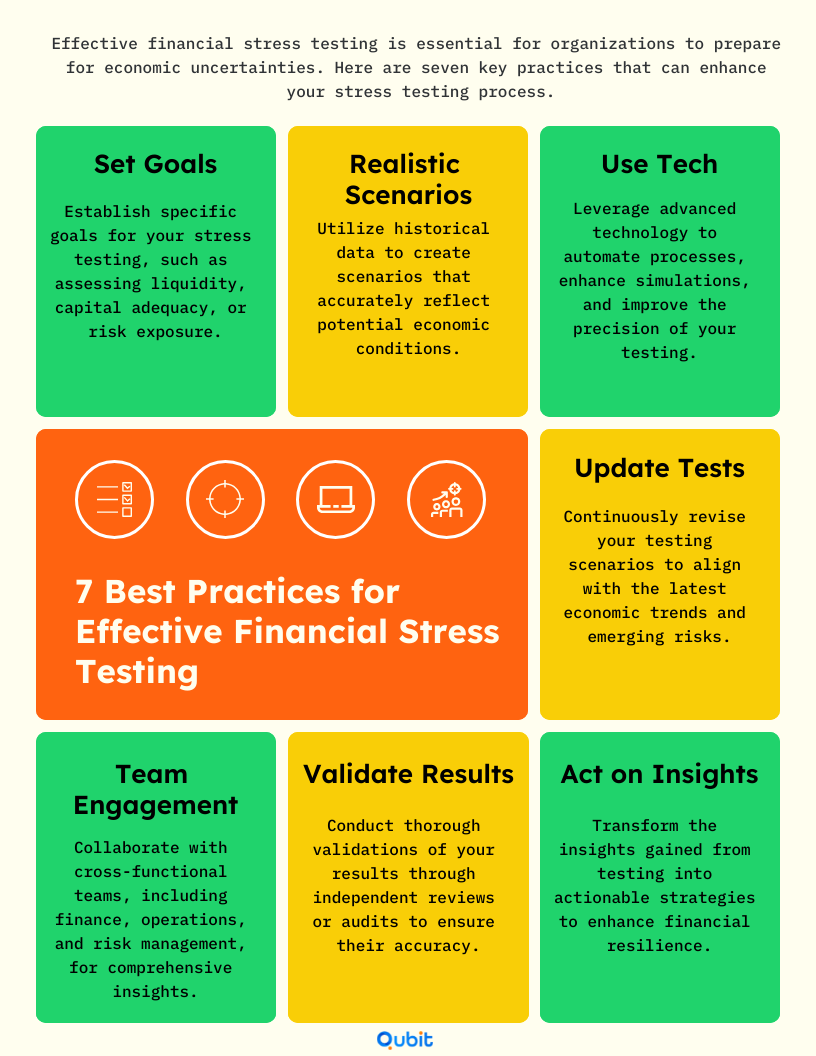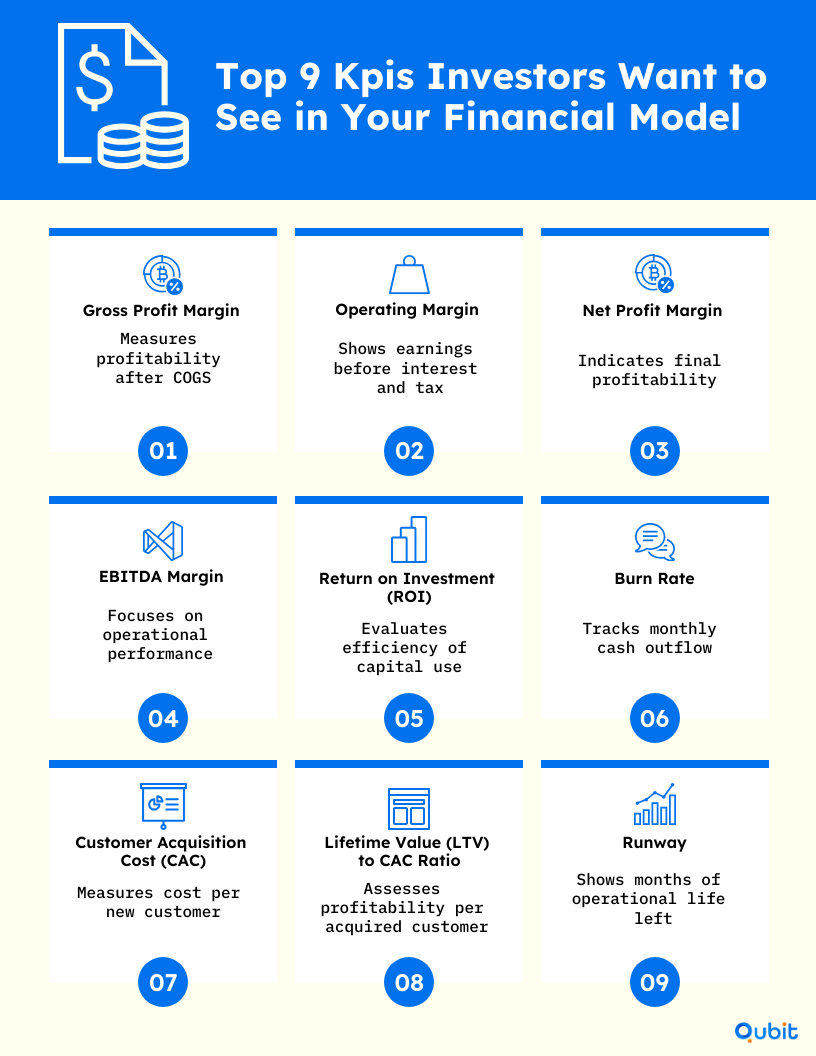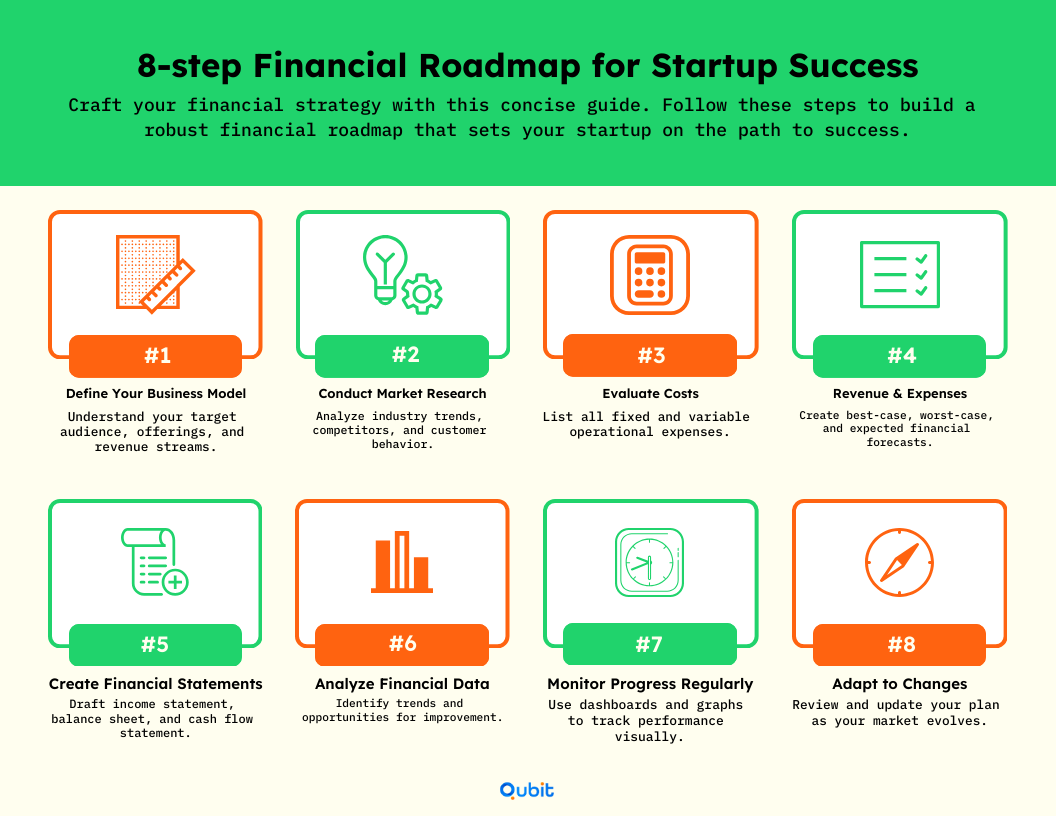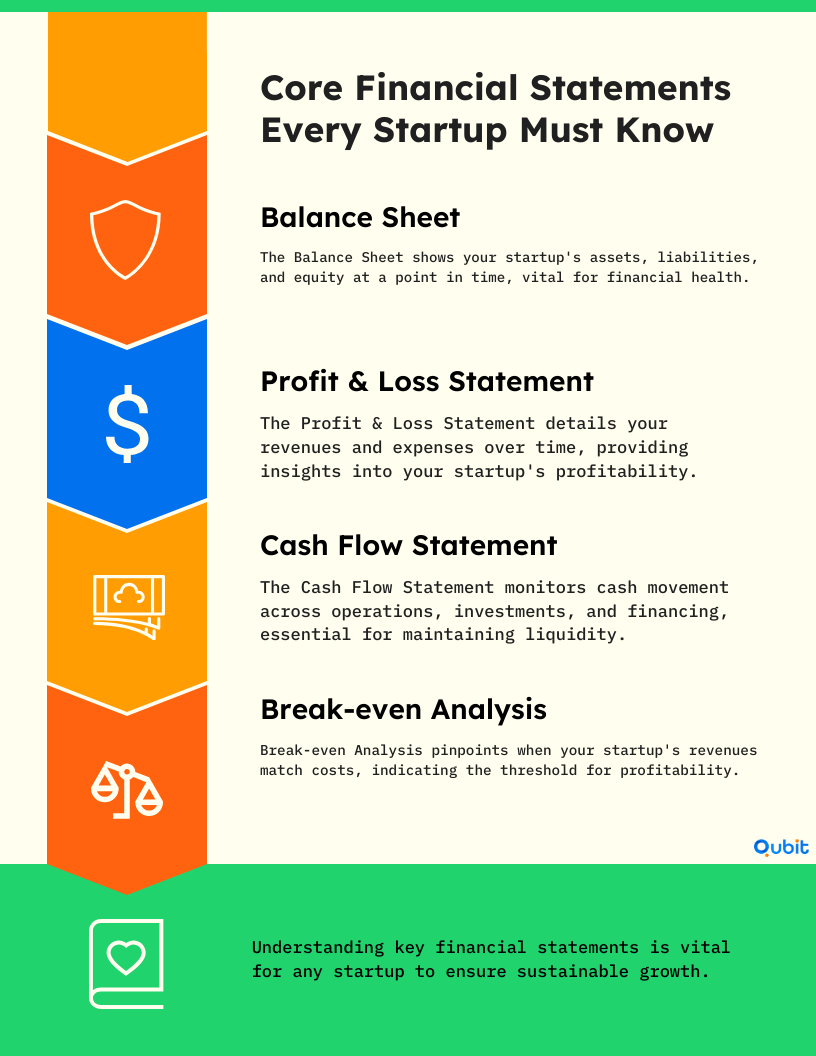Financial due diligence is a critical step in evaluating the financial health and risks of a business, especially during mergers and acquisitions (M&A). It goes beyond surface-level audits to uncover hidden liabilities, assess cash flow stability, and verify the accuracy of financial statements. Whether you’re a buyer, seller, or investor, understanding the nuances of this process can significantly impact the success of your transaction.
For those unfamiliar with the basics, refer to the Due Diligence Basics for more foundational insights. This blog will explore the objectives, timelines, and essential steps involved in financial due diligence, equipping you with the knowledge to mitigate risks and make informed decisions. Let’s jump right in!
What is Financial Due Diligence?
Financial due diligence is a meticulous process that examines a company’s financial health, going beyond traditional audits to uncover hidden liabilities and assess financial sustainability. It is an essential step in financial model creation for investors.
This critical step is essential in mergers, acquisitions, and other business transactions, as it ensures transparency and minimizes risks. For instance, identifying hidden liabilities in financial reports can reveal potential challenges that might otherwise remain unnoticed.
The duration of financial due diligence varies significantly based on the complexity of the business under review. A straightforward company with diversified revenue streams might require less time compared to a tech startup where 60% of sales come from one client, highlighting revenue concentration risks.
From a buy-side perspective, financial due diligence focuses on validating the target company’s financial data, ensuring its sustainability, and identifying risks that could impact future profitability. On the sell-side, the emphasis shifts to presenting accurate financial information and addressing potential concerns proactively, creating a smoother transaction process.
Buy-Side Financial Due Diligence
Buy-side financial due diligence serves as a critical safeguard for buyers aiming to mitigate acquisition risks. By thoroughly analyzing a target company’s financials, buyers can uncover discrepancies, inflated valuations, and hidden liabilities that might otherwise go unnoticed.
Identifying Overvaluation Risks
One of the primary goals of buy-side due diligence is to ensure accurate valuation. Buyers often encounter scenarios where financial figures, such as EBITDA, are artificially inflated. For instance, during an e-commerce business acquisition, due diligence revealed that EBITDA figures were overstated due to aggressive discounting and promotional pricing strategies. Such practices can distort profitability metrics, leading to overvaluation.
To counter these risks, buyers should scrutinize revenue streams, pricing models, and expense allocations. This approach ensures that financial statements reflect the true health of the business.
Detecting Hidden Liabilities
Hidden liabilities can significantly impact the success of an acquisition. These may include unresolved tax obligations, unrecorded debts, or contingent liabilities tied to legal disputes. A detailed review of contracts, tax filings, and compliance records is essential to uncover these risks.
Real-world examples highlight the importance of this step. In one case, a buyer discovered undisclosed vendor disputes during due diligence, which could have led to operational disruptions post-acquisition. Early identification enabled the buyer to renegotiate terms and mitigate future risks.
Corrective Strategies
Buyers can adopt several strategies to address discrepancies uncovered during due diligence:
- Renegotiation of Deal Terms: Adjusting purchase price or deal structure based on findings.
- Incorporating Contingencies: Adding clauses to address potential liabilities.
- Seeking Expert Guidance: Engaging financial and legal experts for deeper analysis.
By prioritizing financial due diligence, buyers can reduce acquisition risks and make informed decisions that drive long-term success.
Sell-Side Financial Due Diligence
Preparing your company for sale involves more than just presenting financial records—it’s about crafting a compelling financial narrative that attracts buyers and maximizes valuation. Sell-side financial due diligence ensures your business is showcased in the best possible light by identifying hidden opportunities and addressing potential concerns before they arise.
- Accurate and Transparent Financial Statements:
- Create financial statements that build trust with potential buyers.
- For example, a manufacturing company CFO uncovered underutilized assets during due diligence, which significantly boosted the company’s valuation.
- Risk Identification and Resolution:
- Proactively identify financial inconsistencies or risks.
- Address these issues before buyer audits to avoid surprises and maintain control over the transaction timeline.
- Enhancing Your Financial Narrative:
- Highlight untapped potential, such as underutilized assets, to justify a higher valuation.
- Streamline operations and present a clear financial story to build buyer confidence.
A well-executed due diligence process not only validates your company’s worth—it actively enhances it. By focusing on transparent reporting, proactive risk management, and a strong financial narrative, you can position your business for a successful sale and secure a higher valuation.
Essential Financial Due Diligence Checklist
Conducting financial due diligence is a critical step in evaluating a company’s financial health. A structured checklist ensures that every detail is thoroughly reviewed, minimizing risks and uncovering potential issues. Below, we outline the essential components of a comprehensive financial due diligence checklist.

1. Income Statements
Start by analyzing the income statements to assess revenue trends, profitability, and expense management. Look for inconsistencies in reported figures and evaluate the sustainability of earnings over time.
2. Balance Sheets
Review the balance sheets to understand the company’s assets, liabilities, and equity. Pay close attention to accounts receivable, inventory valuation, and debt obligations, as these can significantly impact financial stability.
3. Cash Flow Statements
Examine cash flow statements to evaluate liquidity and operational efficiency. Ensure that cash inflows and outflows align with reported income and expenses. This step is crucial for identifying potential cash shortages or mismanagement.
4. Financial Ratios
Calculate key financial ratios, such as the debt-to-equity ratio, current ratio, and return on equity. These metrics provide insights into the company’s financial performance and its ability to meet obligations.
5. Management Discussion and Analysis (MD&A)
The MD&A section of financial reports offers valuable context about the company’s operations and future outlook. Scrutinize this section for any discrepancies between management’s narrative and the financial data provided.
6. Tax Due Diligence
Evaluate the company’s tax compliance and liabilities. This includes reviewing tax filings, identifying potential risks, and ensuring adherence to local and international regulations.
7. Fraud Detection
Investigate for signs of fraud or financial manipulation. This involves cross-checking financial records, verifying transactions, and ensuring proper internal controls are in place.
By following this checklist, you can ensure accuracy and gain a comprehensive understanding of a company’s financial health.
Tips for Due Diligence Process
A well-executed due diligence process is essential for making informed financial decisions. Breaking it down into four fundamental stages—Preparation, Research, Verification, and Analysis—ensures a thorough and error-free review. This structured approach, combined with a skilled team and a comprehensive checklist, is the cornerstone of reliable due diligence reports.
Preparation: Setting the Foundation
Preparation is the first step toward mastering financial due diligence. It involves defining the scope, assembling a qualified team, and creating a detailed checklist. This checklist should cover all critical areas, including legal, financial, and operational aspects. Clear objectives and timelines are established during this phase to ensure efficiency and focus throughout the process.
Research: Gathering Essential Information
The research stage focuses on collecting relevant data. This includes reviewing financial statements, contracts, and market trends. A meticulous approach to research helps uncover potential risks and opportunities. For due diligence in accounting, understanding the company’s financial history and identifying discrepancies is crucial.
Verification: Ensuring Accuracy
Verification is where the gathered information is cross-checked for accuracy. This step involves scrutinizing financial records, validating claims, and confirming compliance with regulations. For a detailed guide on key questions to ask during verification, review this Accounting Due Diligence Checklist.
Analysis: Drawing Insights
The final stage, analysis, transforms verified data into actionable insights. By identifying patterns, trends, and risks, the team can provide a comprehensive report that supports decision-making. This phase is critical for ensuring that the due diligence process delivers meaningful results.
The Critical Role of Financial Due Diligence in Investment Decisions
Thorough financial due diligence is the cornerstone of informed investment decisions, particularly in mergers and acquisitions (M&A). By meticulously analyzing a target company’s financial health, investors can uncover hidden liabilities, operational inefficiencies, and unforeseen costs that could jeopardize the success of a transaction.
One of the primary benefits of conducting in-depth financial due diligence is the ability to minimize post-transaction risks. A comprehensive review of financial statements, tax records, and operational expenses often reveals discrepancies or liabilities that may not be immediately apparent. These insights allow investors to address potential issues before finalizing a deal, ensuring that the transaction aligns with their strategic goals.
Operational inefficiencies, another critical area of focus during due diligence, can significantly impact profitability. Identifying these inefficiencies early enables investors to plan for necessary adjustments, whether through process optimization or resource allocation. This proactive approach not only protects the investment but also sets the stage for smoother integration post-acquisition.
Remember, if this is a lot, you can always seek the help of professional financial modeling consultants.
Audit vs. Due Diligence: Distinctions You Must Know
When evaluating financial processes, understanding the difference between audits and due diligence is crucial. While both involve a thorough examination, their purposes and outcomes diverge significantly. Audits primarily focus on compliance, ensuring that financial records adhere to established standards and regulations. On the other hand, financial due diligence delves deeper, offering a strategic review that uncovers risks and opportunities to support informed decision-making.
Audits are systematic and standardized, designed to confirm the accuracy of financial statements and adherence to legal requirements. They are essential for maintaining transparency and trust, especially in regulated industries. Conversely, due diligence in accounting is more dynamic and investigative, aimed at assessing the overall health of an entity. It identifies potential risks, evaluates operational efficiency, and uncovers avenues for value creation, making it indispensable for mergers, acquisitions, and strategic investments.
Understanding these distinctions empowers businesses to choose the right approach based on their goals—whether it’s ensuring compliance or uncovering strategic opportunities.
Managing Time: How Long Does Financial Due Diligence Take?
The timeline for financial due diligence varies significantly based on the complexity of the transaction and the scope of the review. For simpler cases, such as straightforward acquisitions or smaller businesses, the process typically lasts between 2–6 weeks. This shorter timeframe is often sufficient to evaluate essential financial records, assess risks, and ensure compliance. Most simple due diligence processes take between 2–6 weeks, allowing buyers to make informed decisions without unnecessary delays.
On the other hand, more intricate transactions—such as mergers involving large corporations or businesses with complex financial structures—can extend the timeline to as long as 180 days. These cases require deeper analysis, including detailed audits, tax evaluations, and legal reviews, which naturally demand more time. The duration of due diligence is closely tied to the complexity of the target business and the structure of the review process.
For a comprehensive understanding of expected timeframes across various scenarios, refer back to our Due Diligence Timelines cluster for more detailed scheduling insights. This resource provides a broader perspective on how timelines can shift depending on the specifics of the transaction.
Whether the process spans weeks or months, careful planning and clear communication between parties can help streamline financial due diligence. By understanding the factors that influence timing, businesses can better prepare for the journey ahead and ensure a smoother transition.
Due Diligence in M&A Transactions
Financial due diligence is the cornerstone of successful mergers and acquisitions (M&A). It ensures that buyers fully understand the financial health of the target company, minimizing risks and securing long-term stability. By meticulously analyzing financial statements, working capital, and potential hidden liabilities, businesses can uncover critical insights that influence deal terms and post-transaction outcomes.
A thorough review of key financial statements reveals the target company’s revenue trends, profitability, and debt levels. This step is essential for identifying inconsistencies or red flags that could impact future performance. Additionally, evaluating working capital helps buyers assess liquidity and operational efficiency, ensuring the target company can sustain its day-to-day operations without financial strain.
Hidden liabilities, such as unresolved tax issues or contingent debts, often pose significant risks in M&A transactions. Identifying these liabilities during due diligence prevents unexpected financial burdens after the deal is finalized.
Conducting financial due diligence not only safeguards your investment but also empowers you to negotiate better terms. Armed with a clear understanding of the target company’s financial position, buyers can make informed decisions that align with their strategic goals.
By prioritizing financial due diligence, businesses can mitigate risks and foster smoother transitions during M&A transactions.
Conclusion
A thorough approach to financial due diligence is essential for minimizing risks and ensuring successful mergers and acquisitions. By implementing detailed checklists, integrating advanced technologies, and conducting strategic reviews, businesses can uncover potential challenges and safeguard their investments. These actionable steps not only enhance decision-making but also provide a solid foundation for long-term growth.
Due diligence sets the stage, and now your financial model can truly shine. At Qubit Capital, we recognize the power of a well-crafted financial narrative. Ready to elevate your approach? Explore our Financial Model Creation service and turn your insights into a winning presentation.
Key Takeaways
- Thorough financial due diligence is essential for uncovering hidden liabilities and mitigating risks.
- Buy-side and sell-side processes require tailored approaches for accurate valuation.
- A detailed checklist reinforces every step of the financial review process.
- Technological integrations, like DealRoom, streamline and enhance due diligence efficiency.
- Growing career opportunities in M&A reflect the rising demand for due diligence expertise.






